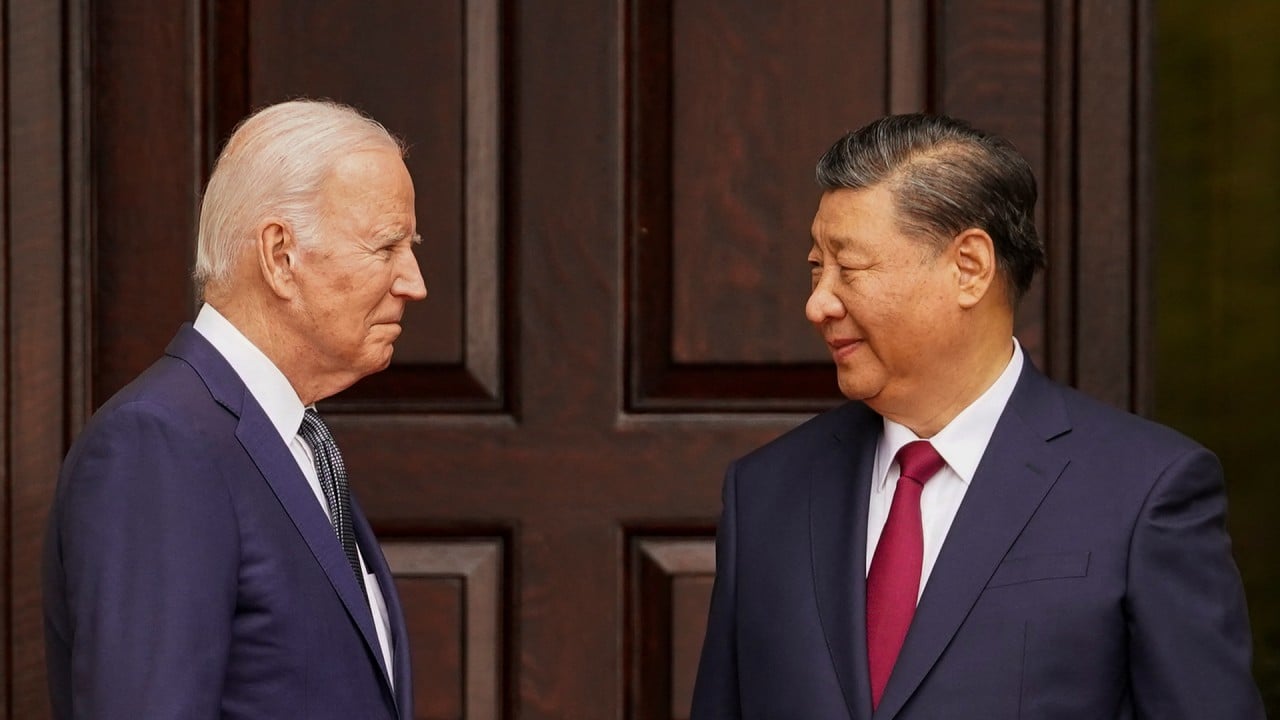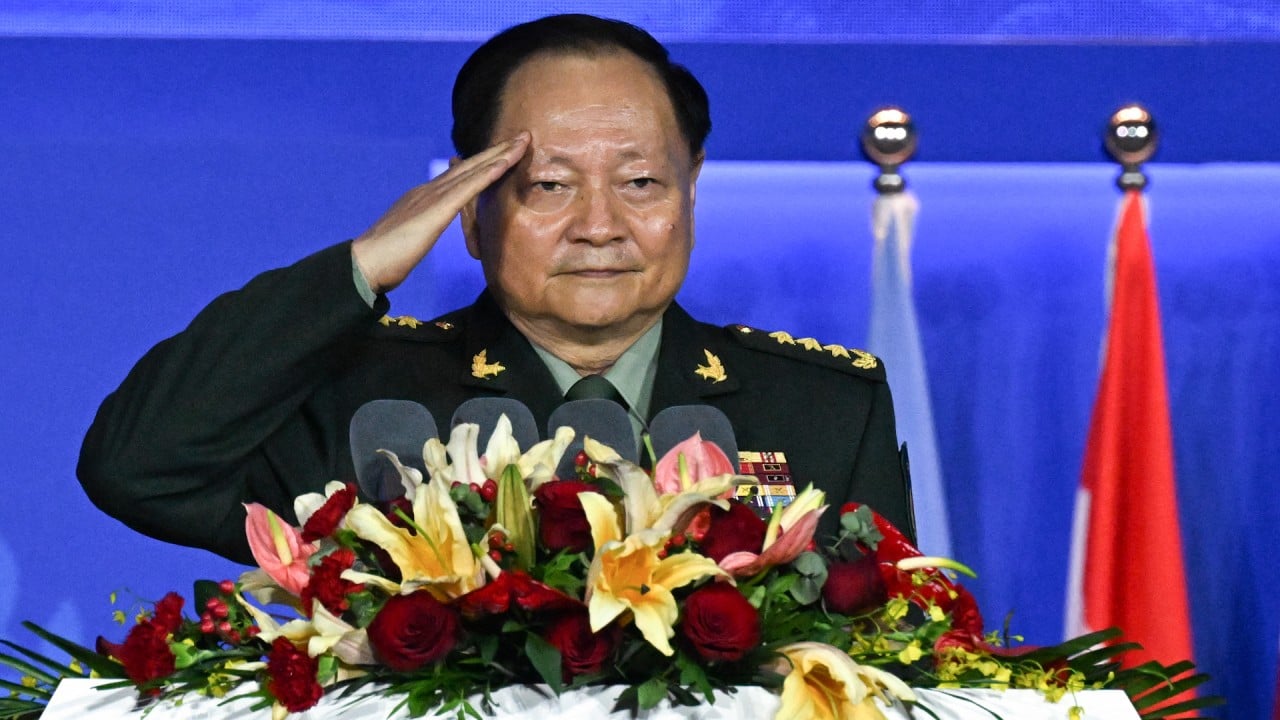The results suggested that, with a combination of advanced hardware and new tactics, China could detect the opponents first.
In one war game, a B-21-like stealth platform and its companion drone were both shot down by China’s air-to-air missiles, which can reach a top speed of Mach 6.
But should the US mount a counterstrike, the seesawing fight for air dominance between the two most powerful countries on Earth would get so complex and intense, “it could take hours before the dust settles,” said the team, led by associate professor Chen Jun with the Northwestern Polytechnical University in Xian, in a paper published in peer-reviewed journal Acta Aeronautica et Astronautica Sinica last month.
Most countries, including the US, do not recognise Taiwan as an independent state but are opposed to any use of force to change the status quo.
The B-21 has a radar signature reportedly as small as a mosquito. In a conflict, it could get deep behind enemy lines and dump a large number of missiles or bombs on China’s coast, crippling the PLA’s core defence infrastructure.
Unlike previous bombers such as the B-2, the B-21 can also fly with stealth drones and carry dozens of air-to-air missiles in its large weapon bay, making it a formidable platform for air combat.
The PCA strategy could pose a severe threat to China’s air defence that has relied heavily on radar warning systems based on land, sea or airborne platforms.
It has forced China to develop countermeasures with new technology, according to Chen and his colleagues whose university is currently under sanctions by the US due to its close links to the Chinese military.
In the team’s simulation, the researchers demonstrated some of China’s new capabilities under development.
For example, heading to the virtual war zone, a Chinese aircraft had turned off its radar and maintained radio silence – but it could still survey the surrounding environment with cutting-edge technologies. Its body, for instance, covered with “conformal skin”, could pick up electric or heat signals from a target in the distance.
New US nuclear stealth bomber, the B-21 Raider, takes its first test flight
New US nuclear stealth bomber, the B-21 Raider, takes its first test flight
The Chinese stealth aircraft and its drone wingman, with supersonic cruising speeds, could also fly considerably faster than the American rivals.
This unusual approach, which is considerably harder to predict and can cover a much longer distance than traditional trajectories, was first proposed by Qian Xuesen, the father of China’s rocket programme, in the 1940s.
But hardware alone cannot guarantee victory, the researchers said. In one simulated fight, the US stealth aircraft, also equipped with cutting-edge sensors, detected the launch of the missile at an early stage and made a sharp turn to evade the attack. With a quick calculation, the Chinese missile concluded it would have a good chance of missing the target.
The attack mission was automatically passed to another hypersonic missile, which was on its way to attack the B-21’s drone. The US aircraft did not expect that the Chinese missiles could switch target on the fly, and failed to make any effective response before impact.
At present, decision-making in air battles rests mostly on the pilots. But the new Chinese anti-PCA tactic has a higher degree of freedom that allows the decision-making to move quickly between human, drone and missiles at different stages of the combat using AI technology, according to Chen’s team.
It is generally believed that hypersonic weapons can only attack fixed or slow-moving targets due to the difficulty of in-flight control at high speed. But in the simulated battle, the Chinese missiles could make a sharp turn soon after launch, allowing the AI to come up with some attack plans previously thought unfeasible.
Chinese military has revealed numerous types of hypersonic missiles but the version for air combat remains classified. The Chinese Air Force has confirmed that a large and advanced stealth aircraft is under development but the time of first flight remains uncertain.
The number of J-20 aircraft – China’s workhorse stealth fighter – is expected to be larger than the number of America’s F-22 Raptors but considerably lower than the number of their F-35 combat aircraft. The Chinese military is reportedly testing a two-seat version of the J-20 that can fly in formation with a number of drones.




